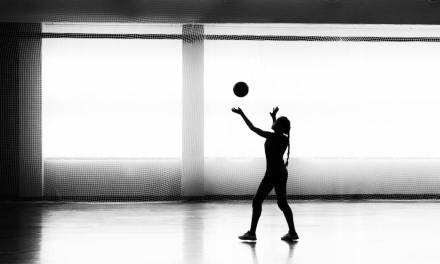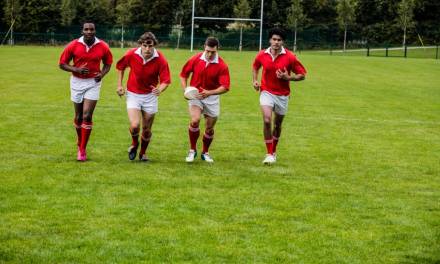In the first part of this series on Breaking Down the Barriers to Girls’ Participation in Sport we looked at how the majority of girls don’t get the weekly recommended minimum amount of exercise.
In this second instalment, we identify the barriers to participating in physical activity that girls experience. So, why aren’t more girls taking part in sports?
Lack of female role models
Name five sports stars. Given the topic at hand, you might have wracked your brains and come up with Serena Williams. But chances are that most if not all your five were men.
Boys grow up wanting to be footballers, cricketers, rugby players and so on because they see people just like them succeeding in these sports, people they can emulate, people they can relate to.
This makes participating in sport normal for boys, and in many cases highly desirable – who wouldn’t want to be a footballer when you could potentially earn millions?
But there’s no equivalent for girls. Representation is important; girls taking part in sports need to be able believe ‘I can do that,’ but to do so they need role models to look up to.
The invisible women
You could be forgiven for thinking there was some kind of media blackout on women’s sport. Flick through the sports pages of any newspaper and women barely get a mention.
All the major football clubs have women’s teams and there’s a women’s World Cup. But where’s the media coverage?
In the 2017 Six Nations England’s women’s team won all five of their matches, taking 27 points to lift the trophy. In their game against Wales they scored three times as many tries as the men’s England team against Wales.
The women’s teams are often mostly made up of part-time players who are also holding down jobs. But which tournament was televised?
These are just two examples – there are many more. And until women’s sport is represented on TV, in newspapers and other media, girls won’t be able to see themselves participating in sports.
Boys get priority over girls taking part in sports
There’s no denying that sport is very male dominated, and this starts young – both boys and girls are taught from an early age that boys play sport and girls watch them.
One female participant in a study of the barriers to girls taking part in sport, published on BioMed Research International, said: “The stereotype will be that boys will always be better than girls because that’s what people think.”
All participants believed that boys’ teams received higher praise than girls’ teams for their achievements. Similarly, 70% felt that girls’ sports teams are not treated equally by their teachers, compared to the boys’ sports teams.
Girls taking part in sports also feel that the PE curriculum favours boys, with an emphasis on traditionally male team sports such as football, while girls’ preferred activities like gymnastics or dance are pushed aside.
Girls are often squeezed out of physical activity outside of school, too. A Royal Geographical Society study found that playing fields and recreation grounds are thought of as ‘boys’ spaces’ with no equivalent for girls.
Girls, another study revealed, tend to limit their play to gardens, so activities such as having a kickabout in a field or cycling around streets – both of which are cited by boys as popular – aren’t engaged in by girls.
In our next instalment we’ll look at four more potential barriers. In the meantime, can you think of other reasons girls might avoid exercise? Share your ideas below.
Rebecca has been a writer and editor for almost 20 years. She writes on a huge range of subjects, concentrating on sport, nature, mental health, and crafts.









